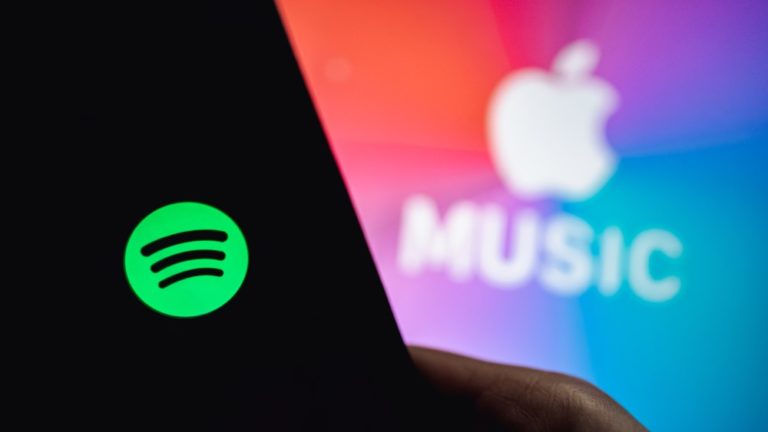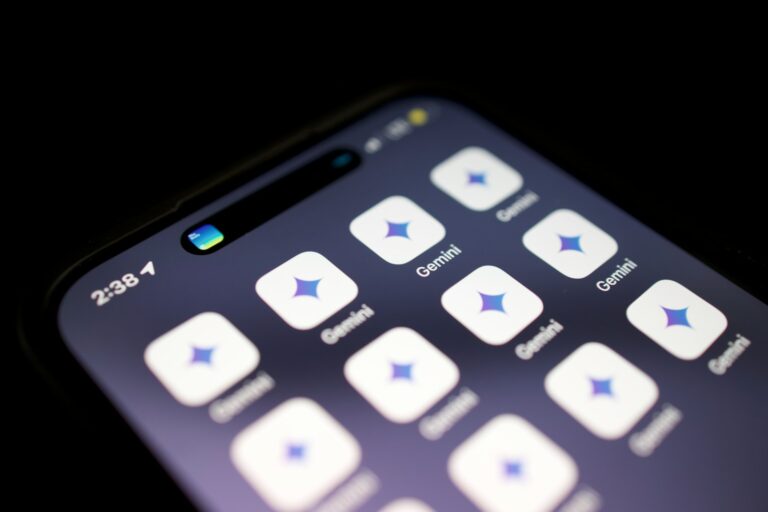Key Takeaways:
- EvilAI malware hides inside fake but signed AI tools to trick users.
- It uses AI-generated polymorphic code to change its shape and avoid scanners.
- Major finance and infrastructure firms worldwide face data theft risks.
- Experts recommend zero-trust systems and strict verification to fight it.
EvilAI Malware Invades Corporate Systems
Cybercriminals now disguise dangerous code as popular AI tools. They deliver files that look real, but inside lurks EvilAI malware. Once inside, it secretly copies vital data and sends it out. This threat spans banks, power grids, and other key services. In simple terms, it uses our trust in AI against us. Therefore, every company must stay alert and act quickly.
Understanding EvilAI malware Threat
EvilAI malware is not a typical virus. Instead, it hides inside executables signed with genuine certificates. Thus, security software often lets it pass. Moreover, the malware’s code constantly changes shape. This trick, called polymorphism, fools scanners by altering its digital fingerprint. Meanwhile, the tool uses artificial intelligence to generate new code on the fly. As a result, defenders struggle to keep up with its shifting tactics.
Why This Threat Matters
Trust drives AI adoption. People download and run new AI tools every day. However, this eagerness now becomes a weapon for hackers. When they embed EvilAI malware in a tool, users install it with full confidence. Then the malware gains the same privileges as the user. In sectors like finance, even a small breach can cost millions. Furthermore, attacks on power systems or water plants endanger public safety.
How EvilAI malware Works
First, attackers prepare a seemingly useful AI app or plugin. Next, they sign it with a stolen or forged digital certificate. As a result, security programs see a valid signature and allow the file. Then, when the user runs it, EvilAI malware springs into action. It uses AI routines to rewrite parts of its code. This process, known as polymorphic coding, alters which pieces run each time. Consequently, antivirus tools find it hard to flag and block the threat.
Step by step, here is what happens:
1. Delivery: The victim downloads or opens the fake AI tool.
2. Installation: The signed executable installs EvilAI malware silently.
3. Mutation: The malware’s code mutates using AI-driven routines.
4. Data Theft: It scans the system for sensitive files and credentials.
5. Exfiltration: Stolen data is packed and sent to the attacker’s server.
Real-World Impact
Several global banks and infrastructure firms report suspicious activity. Hackers targeted financial ledgers, client lists, and personal documents. In one case, engineers at a power plant downloaded a fake AI dashboard. Later, they noticed strange network traffic sending blueprints to unknown servers. These incidents demonstrate how EvilAI malware uses trust to bypass even strict defenses. Without early detection, companies face major financial losses and reputational damage.
Steps to Keep Your Data Safe
Adopting zero-trust architectures is vital. In a zero-trust model, no file or user is trusted by default. Instead, every action is verified before it’s allowed. Here are practical steps:
- Verify digital signatures manually. Do not rely on automatic checks alone.
- Use behavioral monitoring. Look for unusual activity like new processes or hidden network connections.
- Employ sandbox testing. Open new AI tools in isolated environments first.
- Enforce least privilege. Limit user rights so malware cannot roam freely.
- Update threat intelligence regularly. Keep your team informed on the latest malware patterns.
Furthermore, strong password policies and multi-factor authentication block many takeover attempts. Regular backup routines ensure you can recover data if theft or encryption occurs. In addition, staff training helps people spot phishing lures that deliver EvilAI malware. A simple simulated attack can teach employees to think twice before clicking.
Moving Forward Together
Security teams should share insights on new threats. Community-driven threat feeds and collaboration speed up detection. When one firm spots a fresh polymorphic variant, others can prepare defenses quickly. Therefore, open communication within the cybersecurity community saves time and money. It also helps protect vital services that society depends on.
Conclusion
EvilAI malware leverages our faith in AI to slip past defenses. By using signed executables and AI-polymorphic code, it hides from scanners. It targets finance and infrastructure, stealing data and risking public safety. However, firms can fight back with zero-trust strategies, strict verification, and continuous monitoring. Ultimately, awareness and shared intelligence form the best shield against this evolving threat.
FAQs
What makes EvilAI malware different from other threats?
EvilAI malware hides in signed AI tools and constantly changes its code. This polymorphic approach makes it hard to detect.
How can zero-trust help stop EvilAI malware?
Zero-trust means verifying every user and file before granting access. It prevents malicious code from roaming freely in a network.
Why do attackers use AI in their malware?
AI lets malware rewrite itself and adapt to defenses in real time. This keeps antivirus tools from catching it.
What should employees do to avoid installing EvilAI malware?
Staff should verify software sources, test new tools in safe environments, and report any odd behavior to IT immediately.









